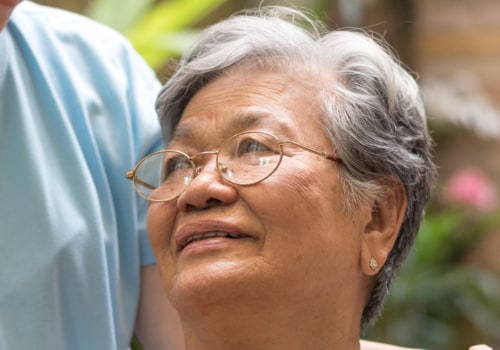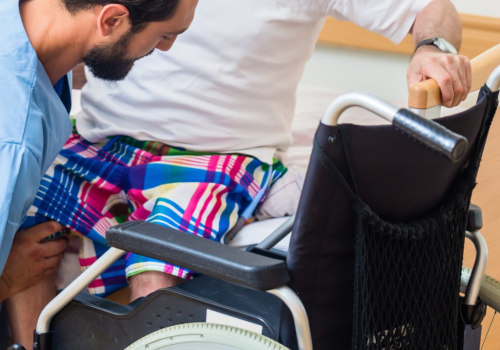Although 29% had a diagnosis of cancer, the remaining 71% had other life-limiting diseases. Of all patients, 11% were live high. Thirteen percent survived the 6-month period. While most patients die very soon after hospice enrollment, there is a small minority of patients who have prolonged survival.
These patients can live 6 months or more and create pressure for hospices to prepare patients and their families for possible discharge if they no longer meet the eligibility criteria. This study provides three main outcomes that hospices and referring physicians could use to guide the care of hospice patients who may have an extended prognosis. Third, confidence intervals of 95% of the predicted mortality rates at 6 months included probabilities greater than 50%. That is, even among groups with low 6-month mortality rates, there is a possibility that a patient will die within 6 months.
Therefore, caution should be exercised when interpreting these data and these results should not be used to exclude patients or groups from hospice care. There are three limitations of this study that should be taken into account:. First, this study was conducted in just 10 non-profit hospices. Therefore, the results reported here may not be generalizable to the national population of hospice patients.
However, the 6-month mortality rate in this sample was similar to that reported nationally, providing confidence that these findings may be similar in other hospice programs. Patients may choose to stop receiving hospice services without the doctor's consent. A study in the August issue of the Journal of the American Geriatrics found that of the 139 patients who were discharged from a hospice, just over a third died within six months. While many of these patients “nearly 70 percent “returned to hospice before they died, the other 30 percent died without returning to hospice care to receive the services they needed.
A big mistake is that hospice care is only used when a person is entering their last days of life. However, if the condition of a discharged patient deteriorates later, he may be readmitted to a hospice. Even if they have not yet been given an official diagnosis of six months or less to live, understanding the options and discussing the best time to enroll in hospice can provide peace of mind for families. Some people who are in hospice care were already living in an assisted living facility or were taken to a nursing facility or long-term care facility after their illness progressed.
If a patient is discharged from hospice and his condition deteriorates later, he may be readmitted. For example, he says that some hospices may be trying to avoid paying for expensive treatments by temporarily discharging patients when they need to go to the hospital. We used the multivariable model described above (Table) to calculate the 6-month adjusted mortality rates for each hospice. While analysts have long been concerned that Medicare's thorny rules for admitting patients to hospice care may prevent eligible people from receiving hospice care, new research points to problems keeping some patients in hospice care after they have been admitted.
In the past, doctors have been reluctant to refer patients to palliative care because of the complex rules of Medicare. However, if doctors and hospices can predict which patients are likely to have prolonged survival, they can more closely monitor those patients for disease progression. To qualify for hospice care, two doctors must certify that the patient is expected to live no longer than six months. The most important issue is that if a patient meets the enrollment criteria, he was sick enough to be admitted to hospice in the first place.
To receive hospice care, a patient must meet the hospice eligibility requirements set by the U. Therefore, it is necessary to develop and test better criteria regarding hospice eligibility, particularly for patients with stroke and dementia, to identify which particular patients are most likely to die within 6 months. . .












